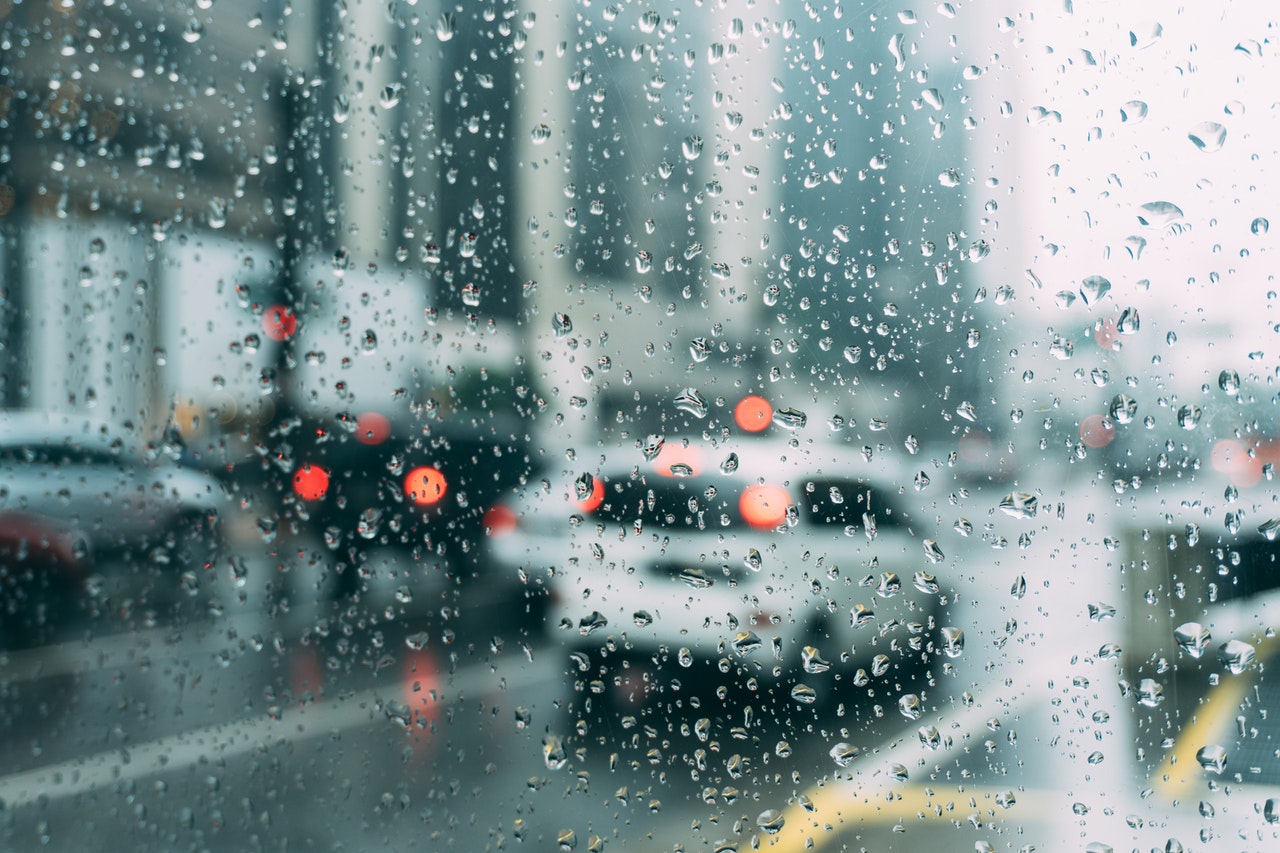It is no longer a question of when: climate change is happening, and its adverse consequences are already being felt all over the world. Scientists have been warning for decades that the planet’s rapid warming will lead to frequent and extreme weather conditions. Most governments and corporations ignored it and continued emitting greenhouse gases, which traps the sun’s heat into the atmosphere.
Things are unlikely to change any time soon. Countries will fail to address the destruction of the environment on time, and the people will suffer from it.
Japan’s Underground Temple for Rainwater
Japan is one of the countries that are already experiencing the effects of climate change. Because of its location, it often has to contend with typhoons that produce strong winds and tonnes of rainwater.
In the past decades, these typhoons have only become worse. As a response, the East Asian nation built a massive and complex underground system to prevent flooding in one of its most populous cities, its capital Tokyo.
The Metropolitan Area Outer Underground Discharge Channel, or MAOUDC, is an engineering feat. Completed in 2006, after 13 years of construction, the MAOUDC is the largest diversion floodwater facility in the world.
In Tokyo, monsoons drop up to 4-inches of rain per hour. The water does not stay overground where it can disrupt normal life. It flows into stormwater grates and then travels across connected tunnels underneath the ground.
When one of the rivers in the area overflows, the water immediately is sucked into one of the cylindrical tanks across the MAOUDC. Each of these tanks is taller and wider than a space shuttle.
The water is then pumped into the Edo River which then flows into Tokyo Bay.

New York City: Learning from Hurricane Sandy
In October 2012, Hurricane Sandy devastated the U.S. East Coast. The flooding it caused killed 44 New Yorkers.
Hurricane Sandy was a 260-year-storm, which means that the likelihood of it happening again is one in 260. However, New York City is not taking any more chances.
One day, if another superstorm threatens the East Coast, New York City will be protected from flooding. The city has poured half a billion-dollar to fortify Lower Manhattan with removable barriers that will be anchored whenever a hurricane is on its way.
New York is also a coastal city, which meant that it is in danger of being engulfed by the rising sea levels. In fact, scientists warn that by 2100, 20% of Lower Manhattan will experience daily flooding, and 50% will be affected by storm surges.
The local government is also planning to push the Lower Manhattan coastline, create more land that will be higher than the water-line to protect the island from rising sea levels.
Boston’s Waterfront Project Protects the City
Boston, too, has been preparing for the inevitable rising of the sea due to climate change. The city is not letting its fate and future to chance; it has laid out plans to create a harbour that will be resilient to extreme weather events.
Boston has a 47-mile coastline, which makes it at risk of flooding. In the future, scientists predict that the sea will reclaim half of the city’s landmass due to climate change. The city known for its gorgeous waterfront will be, itself, underwater.
As a response, the city is raising streets and building berms to shield homes from the rising sea levels. It also requires high-rise condominium developers to acquire aqua fences, portable barriers made in metal that can be anchored, and break storm surges.
Mayor Martin J. Walsh also promised to spend $30 million a year in efforts to prevent Boston from sinking.
The Netherlands’ Giant Floating Pavilions
Rotterdam in the Netherlands is home to Europe’s biggest port. Like the aforementioned cities above, Rotterdam is also in danger of succumbing to regular flooding due to rising sea levels.
Rotterdam wants to maintain its status as one of the safest port cities in the world. That is why it has started implementing plans to make the cities climate-proof.
Launched in 2008, the Rotterdam Climate Initiative will carry out plans that aim to manage flooding, adapt buildings and make them resilient to weather conditions, and much more. However, its most notable achievement so far is the bubble-shaped domes that float on the city’s waterfront. Measuring at around 12,000 square feet, the structure is a peek into what the future of Rotterdam will look like.
Cities should prepare for the effects of climate change as early as now, but governments should also devise plans to decrease greenhouse gas emissions into the atmosphere. The only real solution to the problems that will arise from the warming planet is attempting to reverse its impacts by creating pro-environment policies.

